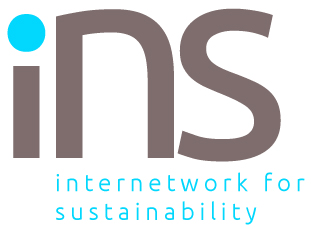More than 50,000 people have descended on Belém, the small Amazonian city hosting this year’s COP30 climate summit. Cruise ships, school dormitories, and even army barracks have been turned into makeshift lodgings. It’s a logistical challenge — and a sign that this conference will be anything but ordinary.
A distinctly Brazilian imprint
For the first time since the 1992 Earth Summit in Rio de Janeiro, the global climate negotiations have returned to Brazilian soil. The host country wants to make sure the event bears its own cultural mark. Organizers have woven in the Indigenous concept of mutirão: a collective effort where communities unite around a shared task. Even when the rainforest was cut down to discuss the preservation of the rainforest.
COP30 president André Corrêa do Lago describes the summit as “a global mutirão against climate change” — an invitation for nations to cooperate rather than compete. The metaphor is more than poetic. It reflects a deliberate strategy: to move away from endless wrangling over new targets and focus instead on carrying out the promises already made.
A summit about ethics as much as emissions
President Luiz Inácio Lula da Silva has placed social justice at the heart of this COP. His environment minister, Marina Silva, has launched the Global Ethical Stocktake (GES), an initiative meant to embed fairness and moral responsibility into climate policy.
“The technical solutions to climate change largely exist,” Silva said. “What we lack is the ethical commitment to apply them and accelerate political decisions.” The GES brings together Indigenous representatives, labour groups, and vulnerable communities — giving them a voice in a process long dominated by government negotiators and economists.
No final declaration, just implementation
Perhaps the boldest move is procedural. Brazil plans to skip the traditional “cover decision” — the sprawling final document that usually tries to summarise the conference outcomes. Instead, the presidency wants to end with a roadmap for implementation, setting out how to deliver on existing goals rather than drafting yet another set of pledges.
COP30 is therefore structured around six “action tracks”:
- Transitioning energy, industry and transport
- Protecting forests, oceans and biodiversity
- Transforming agriculture and food systems
- Building climate-resilient cities and infrastructure
- Promoting human and social development
- Mobilising finance, technology and capacity-building
It’s a risky approach. Without a unifying closing text, some issues could fall through the cracks. But Brazil insists that substance matters more than ceremony.
Diplomacy through circles
Preparation for this summit began two years ago. Brazil created a network of circles — informal working groups that brought together finance ministers, Indigenous leaders, former COP presidents, and business envoys. Economist Nicholas Stern praises the method: “It has allowed for deeper, more considered discussions rather than last-minute horse-trading.”
These networks have already yielded results, building bridges between environment and finance ministries that previously worked in isolation. Some delegates, one participant joked, “met their own finance minister for the first time” during the process.
Reforming the COP system itself
Brazil also wants to tidy up the UN climate machinery, which many insiders see as overgrown and unwieldy. Dozens of overlapping negotiating tracks, legacy initiatives, and competing priorities make progress painfully slow.
UN climate chief Simon Stiell agrees that reform is overdue: “We must keep evolving — striving for faster, more inclusive decisions that link the formal process to real economies and real lives.” Yet with 145 agenda items to work through in just two weeks, even streamlining the process will be a challenge.
A gamble worth taking?
By replacing confrontation with collaboration, Brazil hopes to rekindle trust in a global process that has often stalled on semantics. Its experiment — blending Indigenous wisdom, social inclusion, and procedural innovation — could either reinvigorate climate diplomacy or expose its limits.
What’s clear is that COP30 in Belém is no ordinary summit. It’s a test of whether doing things differently can finally turn lofty climate promises into tangible progress.



